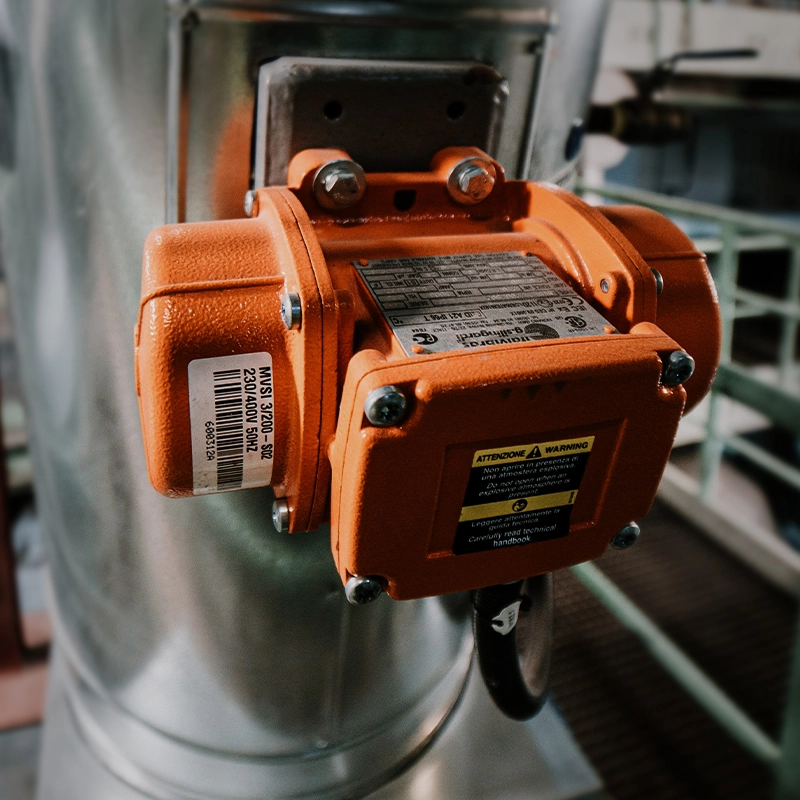Mobile:+86-311-808-126-83
Email:info@ydcastings.com
Exploring the Environmental Impact of Lead Pipe Cap Regulations and Their Importance in Public Health
Understanding Lead Pipe Cap An Important Aspect of Plumbing Safety
In the realm of plumbing, the materials used and their implications for health and safety are of utmost importance. One topic that has gained attention in recent years is the lead pipe cap. As society becomes more aware of the dangers posed by lead exposure, understanding the function and significance of lead pipe caps has become increasingly crucial.
What is a Lead Pipe Cap?
A lead pipe cap is a specialized fitting that is used to seal off the ends of lead pipes. Lead was historically a common material used in plumbing systems due to its malleability and resistance to corrosion. However, over time, it became evident that lead can leach into water supplies, posing serious health risks, particularly to children and pregnant women. The use of lead in plumbing has since been heavily restricted or banned in many regions.
The Risks Associated with Lead Pipes
The health risks associated with lead exposure are well-documented
. Lead poisoning can lead to numerous health issues, including developmental impairments in children, neurological problems, and a range of other physical ailments. Because of these risks, many homeowners are now looking to replace lead pipes in their plumbing systems, making it essential to understand the role of lead pipe caps in managing such systems.Lead pipe caps serve two primary purposes. First, they prevent water from escaping from an unfinished or abandoned section of plumbing. This is crucial for maintaining the integrity of the plumbing system and ensuring that water is directed where it is supposed to go. Second, they play a role in containing any lead that might leach from existing pipes, although it is important to note that using lead pipe caps does not eliminate the risk of lead exposure. If a plumbing system utilizes lead pipes, simply capping them will not mitigate the danger that lead poses.
lead pipe cap

Transitioning Away from Lead Plumbing
Given the health risks associated with lead, many municipalities are working diligently to replace lead pipes with safer alternatives, such as copper or PVC. As part of these efforts, lead pipe caps may need to be removed and replaced with non-lead fittings. Homeowners are encouraged to investigate the plumbing systems in their homes to identify any lead infrastructure that may exist.
If lead pipes are found, it is advisable to consult with a licensed plumber to explore options for replacement. A professional can provide guidance on the best materials for piping and ensure that the plumbing system is updated to prevent any lead exposure.
Conclusion
In summary, lead pipe caps are a small but significant element of plumbing systems, particularly those that involve lead pipes. They play a crucial role in sealing off pipe ends but do not serve as a solution to the risks posed by lead exposure. As public awareness regarding the dangers of lead continues to grow, it is vital for homeowners to assess their plumbing systems and take proactive steps to replace lead pipes. By transitioning to safer materials, we can protect our health and ensure that our water supply remains safe for all.
Ultimately, the health and safety of individuals and communities depend on our collective efforts to eliminate hazardous substances from our environments. Understanding the role of lead pipe caps is a small but essential step in this larger endeavor.
-
Understanding Metal Casting TechniquesNewsApr.02,2025
-
Understanding Exhaust Manifolds for Enhanced Engine PerformanceNewsApr.02,2025
-
The World of Metal FabricationNewsApr.02,2025
-
Key Components for Pump and Turbo EfficiencyNewsApr.02,2025
-
Essential Tools for Automotive Maintenance and RepairNewsApr.02,2025
-
Durable Valve Components for Effective Water ManagementNewsApr.02,2025











